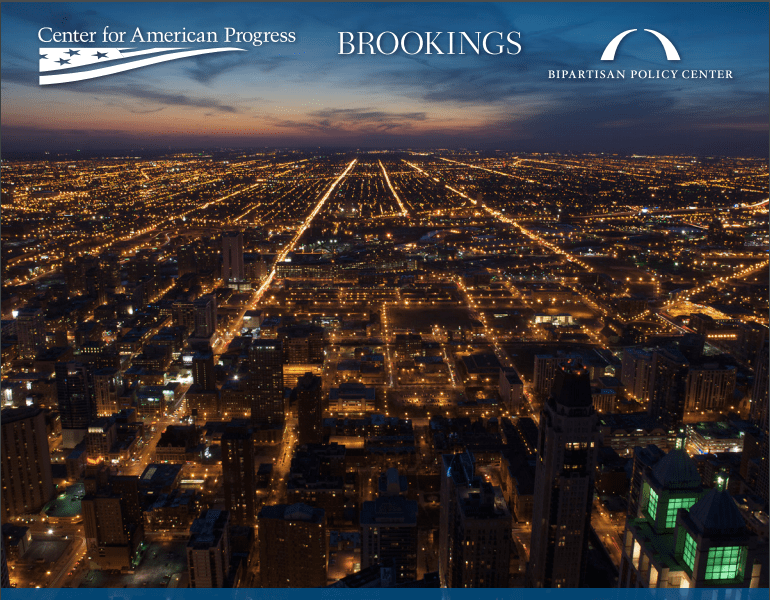In the past four decades, the United States has undergone significant demographic changes. Immigration patterns have altered our racial composition, medical advances have aged our population by prolonging our lives, and economic forces have driven us to educate ourselves at unprecedented levels. Transformations of this magnitude will shape this century’s social and political landscape as well as test many of society’s institutions.
Historically, U.S. political institutions have struggled to represent a society that is demographically different than its electorate. The systematic disenfranchisement of women and communities of color, for example, contributed to a public policy process that ignored and underserved large portions of the population. Functionally, they created what the authors refer to as representation gaps — the difference between the percentage of voters who belong to a given group and the percentage of the whole population that belong to that same group.
Representational gaps such as these persist in modern America politics. They are obviously different in size and arise as the result of different processes, but the problems they induce are similar. Given their continued existence, the goal of this report is as follows:
- Document the representation gaps we have observed along age, education, gender, and race lines over the last several decades.
- Predict what those gaps might look like going into the future using the best available demographic projections and turnout data.
- Facilitate a conversation about the representational challenges the United States is likely to face in the coming decades and what solutions might work best to confront them.
This new analysis finds the white overrepresentation and minority underrepresentation has been a defining feature of American politics for decades. In fact, the report finds that we may currently be at peak levels of both overrepresentation and underrepresentation. It also finds that white overrepresentation is likely to decline in the future, as underrepresentation of Latinos and Asians declines significantly due to projected increases in citizenship among these groups. This trend will be especially noticeable in states that currently have the highest white representation gaps, such as Arizona, California, and Texas. By 2060, we expect the states with the highest white representation gaps to be interior states, such as Kansas, Utah, and Wyoming.
However, while representation gaps will likely decline in future decades, they will by no means be eliminated. Significant white overrepresentation and Latino and Asian/other underrepresentation will likely remain, primarily because of participation gaps reflecting the relatively low registration and turnout rates of the latter groups. Simulations indicate that the most successful route for minimizing future representation gaps lies in equalizing registration and turnout rates across races, perhaps due to some combination of registration reform and changes in mobilization practices. Progress in this direction would leave only a small representation gap due to the younger age structure among Latinos and Asians/others. It would also tend to equalize representation gaps across presidential and congressional elections in contrast to the current situation where gaps in congressional representation are much larger.
Read and download last year’s report, “America’s electoral future: How changing demographics could impact presidential elections from 2016-2032.”







